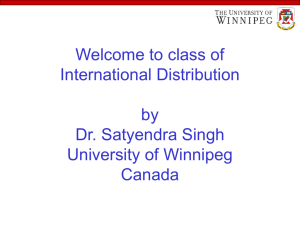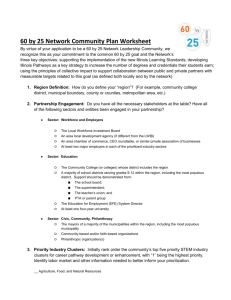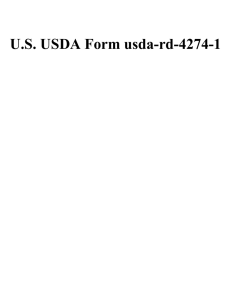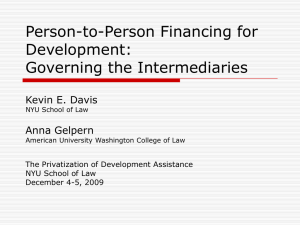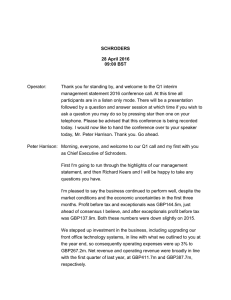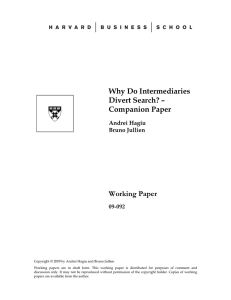Designing the marketing channel
advertisement
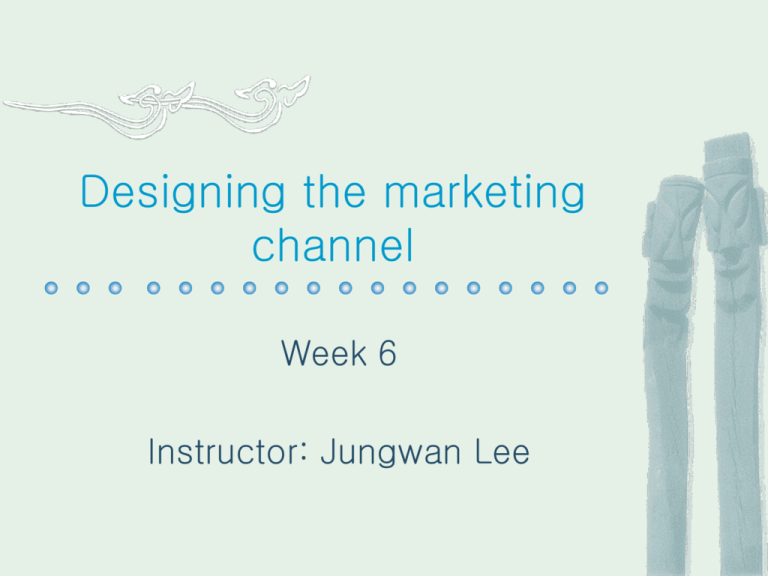
Designing the marketing channel Week 6 Instructor: Jungwan Lee What is channel design? …refers to those decisions involving the development of new marketing channels where none had existed before, or to the modification of existing channels. ..is a key factor to gain a differential advantage Paradigm of the channel design decision 1. Recognizing the need for a channel design decision 2. Setting and coordinating distribution objectives 3. Specifying the distribution tasks 4. Developing possible alternative channel structures 5. Evaluating the variables affecting channel structure 6. Choosing the best channel structure 7. Selecting channel members Setting and coordinating distribution objectives Firm’s overall objectives and strategies General marketing objectives and strategies Marketing mix’s objectives and strategies (product, price, promotion, distribution) Developing possible alternative channel structures 1. Number of levels: two ~ five levels 2. Intensity at the various levels 3. Types of intermediaries Intensive:consumer convenience goods Selective: consumer shopping goods Exclusive: specialty goods Wholesale trade, Retail trade Number of possible channel alternatives 3 x 3 x 5 = 45 possible structures Six basic variables affecting channel structure Market variables Product variables Company variables Intermediary variables Environmental variables Behavioral variables Six variables (cont.) Market variables Product variables market geography, market size, market density, market behavior bulk and weight, perishability, unit value,degree of standardization, technical versus nontechnical, newness Company variables size, financial capacity, managerial expertise, objectives and strategies Six variables (cont.) Intermediary variables Environmental variables Availability, costs, services Economic, sociocultural, competitive, technological, legal environment Behavioral variables Differential goals, language differences, tendency of channel member Choosing the best channel structure Aspinwall’s approach: characteristic of goods theory Financial approach Transaction cost analysis approach Management science approach: simulation model, mathematical model, bayesian statistics, comprehensive operations research model…etc. Judgmental-heuristic approaches Straight qualitative judgment approach, weighted factor score approach, distribution costing approach
